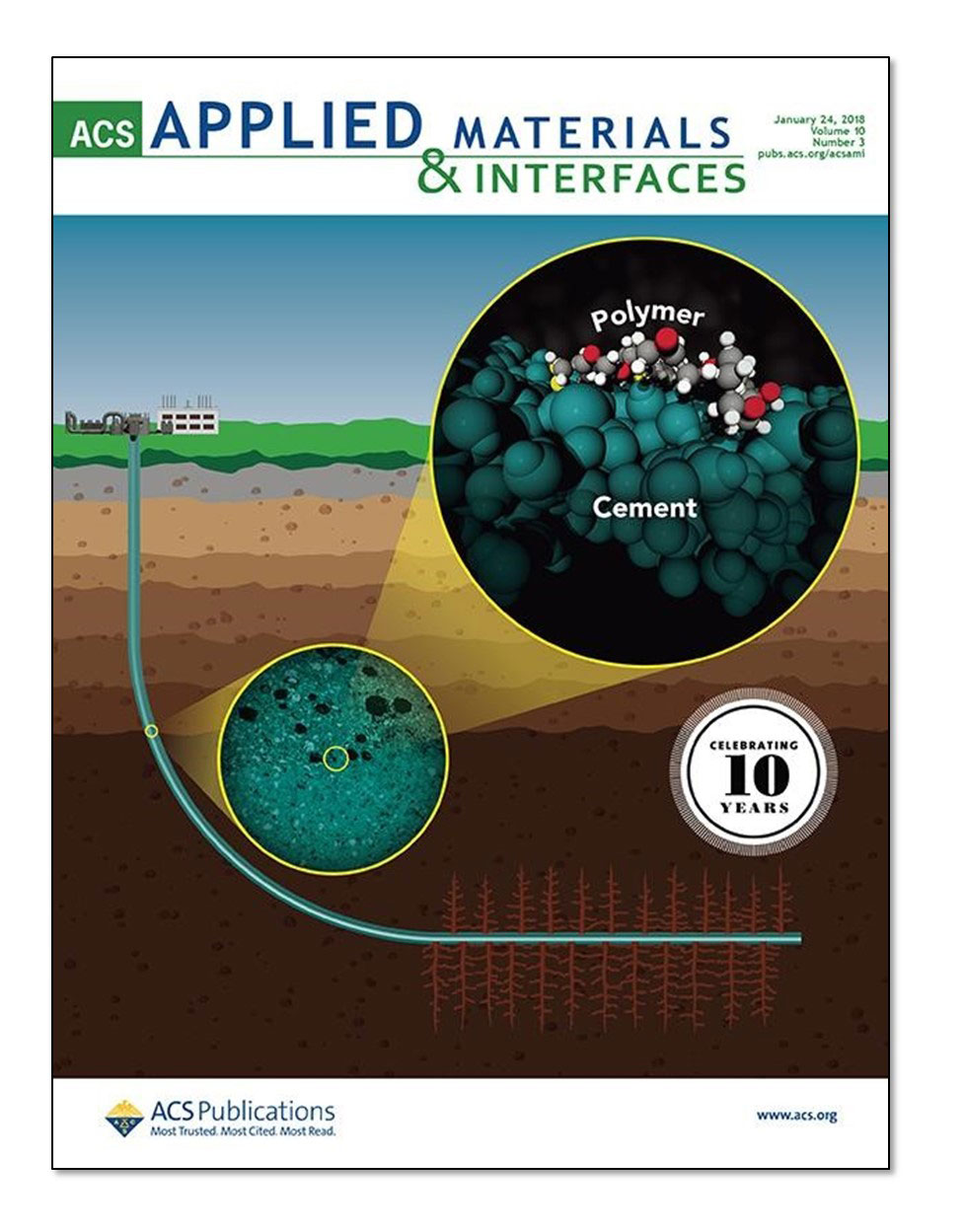
Microbes Retain Toxicity Tolerance After They Escape Toxic Elements
Ground water microbes living outside a contaminated area contain mobile genetic elements that provide them resistance to heavy metals.

Ground water microbes living outside a contaminated area contain mobile genetic elements that provide them resistance to heavy metals.

A first-of-its-kind computer simulation reveals self-healing cement for geothermal and oil and gas wells performs better than originally thought.

Even a single species of bacteria can positively affect soils and plants, improving and even enabling agriculture in semi-arid areas.

First-of-a-kind study advances understanding of microbial and viral communities involved in biomass breakdown.

Scientists reveal the importance of an amino acid that supplies energy and protection for microbial communities deep underground.

An atomic view of how toxic uranium binds to iron minerals in the environment enables better predictions of its behavior.

Adding glucose to a green microalga culture induces accumulation of fatty acids and other valuable bioproducts.
Read more about Feeding Sugars to Algae Makes Them Fat
A pioneering study offers an easier approach to study how microbes work and could help scientists advance models of the cycling of elements and nutrients in frequently flooded soils.

Scientists develop a molecular map of metabolic products of bacteria in root nodules to aid sustainable agriculture.

New technique enables more efficient and precise estimates of trends in ozone and other atmospheric constituents within selected geographical regions and timeframes.

Global data set shows monthly water use by irrigation, manufacturing, and other uses, helping researchers to analyze water use by region and season.

Researchers link root water uptake to root traits and assess (poor) performance of common models.
Signup for the Office of Science’s GovDelivery email service, and check the box for the Biological and Environmental Research Program in your subscriber preferences.
Subscribe